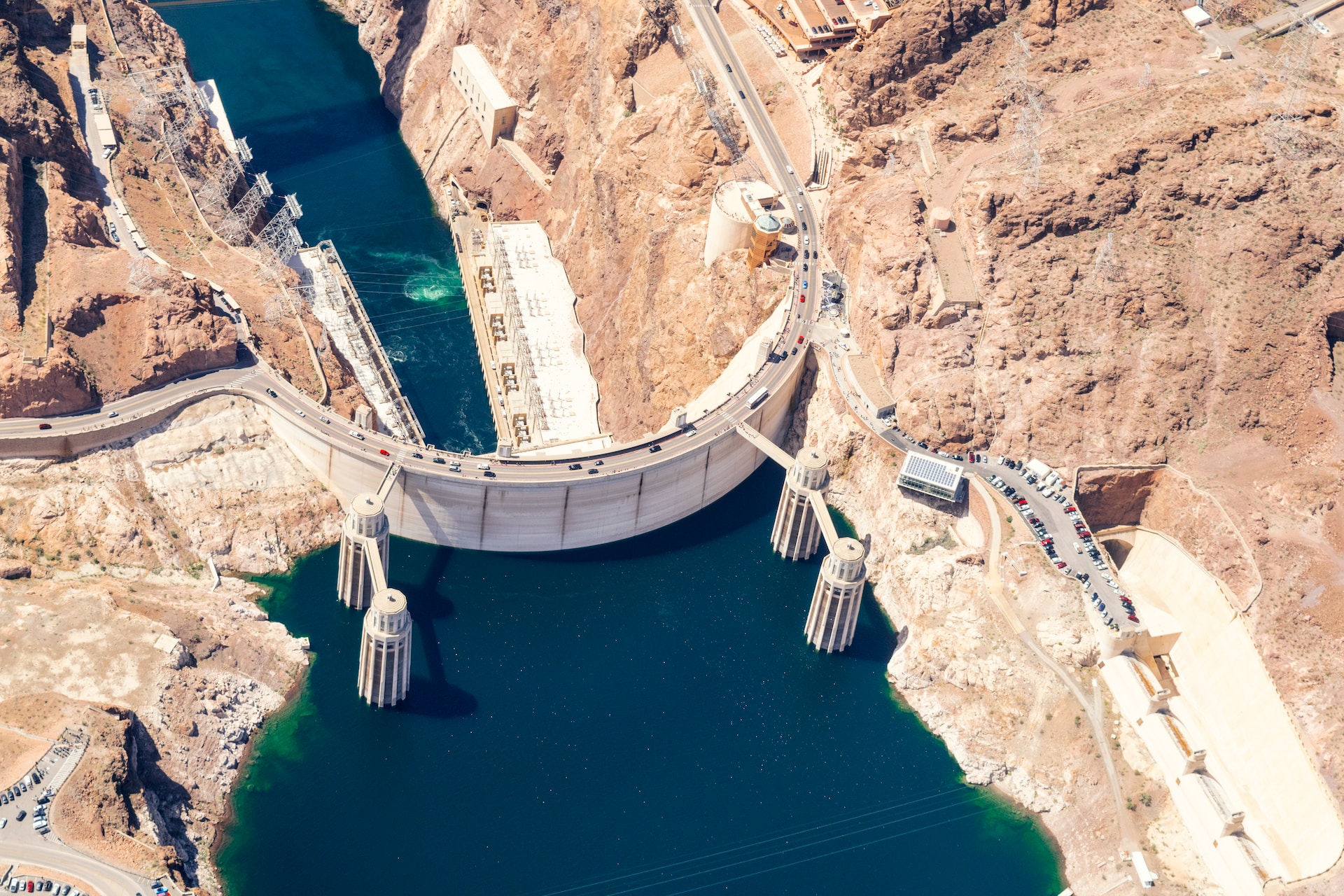Responsible and sustainable management of our planet’s most precious resource has become a top priority today. Due to climate changes and a growing population, we recognize that the significance of water resource engineering is as apparent as ever. But what is water resources engineering, and how does it impact our civilization?
In this article, we will discuss the roles and core principles of water resource engineers, the various systems and the latest modeling tools in the industry. Whether you’re an inspiring engineer, environmental enthusiast, or simply a curious individual, we’ll provide you with a thorough understanding of this vital field of work.

What Is Water Resources Engineering?
Water resources engineering is a field that covers a broad spectrum of work. We have a vital responsibility that requires a sound understanding of water distribution systems.
Our field of work plays a critical role in managing and distributing fresh and consumable water in rural and urban areas. We encompass many functions that contribute to utilizing water resources and managing their quality.
Furthermore, in water resource engineering, interdisciplinary collaboration is essential. It is primarily concerned with the study of selected topics and applied in several fields. This includes hydrology, hydraulics, applied limnology, geology, ecology, policy, and community engagement.
An effective interdisciplinary collaboration can ensure successful and impactful results in a water resource project. We deliver a holistic approach to water resource management that can address environmental, technical, and social aspects of a project.
Role of water resources engineers
What does a water resource engineer do? Their main responsibility is to manage and ensure the sustainable use of a population’s water resources. This includes:
- Water engineers assess the availability, quantity, and quality of water resources, including surface and groundwater.
- Design and develop infrastructures that are used to store water, such as dams and dikes.
- Understand the various structures that manage water conveyance, like emergency spillways, sluice gates, etc.
- Water engineers monitor and manage the quality of water resources and ensure it’s safe for human consumption.
- The engineers ensure that the water resource projects and structures consider the environmental impact.
Water resources engineering principles and techniques
Water resources engineering encompasses a variety of principles and techniques, like:
- Hydrology – The practice involves understanding the movement and distribution of water in the natural environment. This principle involves water flow, which enables engineers to predict and manage water resources more effectively.
- Hydraulic engineering – Hydraulic engineering focuses on designing and operating water resource structures and ensures efficient conveyance and control of water.
- Water quality management – This principle uses various techniques to manage, preserve, and improve water quality for human consumption and ecological health.
- Water supply and distribution – Water supply and distribution engineering involves developing systems to ensure a reliable and safe water supply to rural and urban areas.
- Flood management – Optimizes water for irrigation, a vital component of sustainable agriculture.
- Irrigation engineering – These techniques help with conserving water. The practice is extremely useful in areas with water scarcity.
Each of these principals plays a vital role in managing and addressing various challenges and struggles related to water management.

Water Resources Systems
A water resource system (WRS) comprises groundwater and surface water features and their “hydrologic functions”. Hydrologic functions are the natural processes that provide the water needed to maintain healthy aquatic and terrestrial ecosystems. These systems are vital in helping us sustain life, agriculture, and ecosystems. WRS places great importance on both water quantity and quality.
However, managing water resource systems can present many challenges, such as climate change, population growth, water scarcity, etc. Ensuring water quality, preserving aquatic ecosystems, as well as managing and balancing competing demands is a constant struggle for water resource engineers.
But with an effective, holistic approach, water resource system management can be an easy and effective task. Integrating science, policy, and community engagement will ensure sustainable water access for the present population and future generations.
Water resources modeling and simulation
One of the most practical ways to manage water resources is to model and simulate water systems. These techniques have become indispensable tools for modern water management.
Generally, modeling and simulations help us create and develop mathematical models that replicate the complex behaviors of hydrological systems. So, this involves a physical and mathematical model used in water resources management issues. This allows us to make informed decisions and predictions, thus taking the right action.
The models examine the effect of different conditions on the water resource systems and evaluate the results. By providing the necessary data related to precipitation, groundwater levels, and river flow data into the model, the models can simulate:
- The water flow in a given area.
- Predict or alert flooding risks and events.
- Optimize distribution and water allocation.
Water resource modeling and simulation provide data that help us analyze different management strategies. This adds to the development planning for developing an effective and sustainable water resource system.
Future Trends and Advances
Water management has become one of the top priorities worldwide due to climate change and the growing population. To tackle water scarcity, technical advancements, and water management startups are developed to turn existing methods for water management into sustainable and cost-effective solutions.
Here are some of the new trends and advances in the water resource management industry:
- Digital water management – Various technologies such as AI, advanced meters, and IoT sensors enable water quantity, quality control, and asset management. This brings data-driven intelligence to a new level, providing analytics for better-informed policies.
- Advanced filtration – New technologies pay careful attention to providing clean and fresh water by advancing filtration and purification methods. Nanotechnology advances deliver higher flux, permeability, and selectivity than conventional solutions, and hard-to-capture micropollutants can be easily removed.
- Flood prevention – With an increased likelihood of extreme droughts and floods, new advances have been developed to prevent these events. This involves enhanced water gates, property protectors, flood blocks, and dams guaranteeing rapid disaster response.
- Water management startups – They are advancing with technology trends and innovations for desalination, wastewater processing, and water-saving technologies.
- Decentralized infrastructure – Decentralized water infrastructure improves access to consumable water in remote areas.

Conclusion
What is water resources engineering? It is crucial in developing sustainable and responsible water resource management. This multidisciplinary field combines various principles and techniques, including hydrology, hydraulics, geology, ecology, etc.
However, water resource engineers face many struggles, such as ensuring water quality, preserving aquatic ecosystems, and managing water resource systems. Additionally, with climate changes, growing populations, and water scarcity, the importance of this work cannot be overlooked.
With various enhancements in water resource modeling and simulations, we can easily tackle and even prevent disastrous events and issues we might encounter. With the new and future trends and advances, we incorporate innovative technologies to address the complex issues related to water resources.
